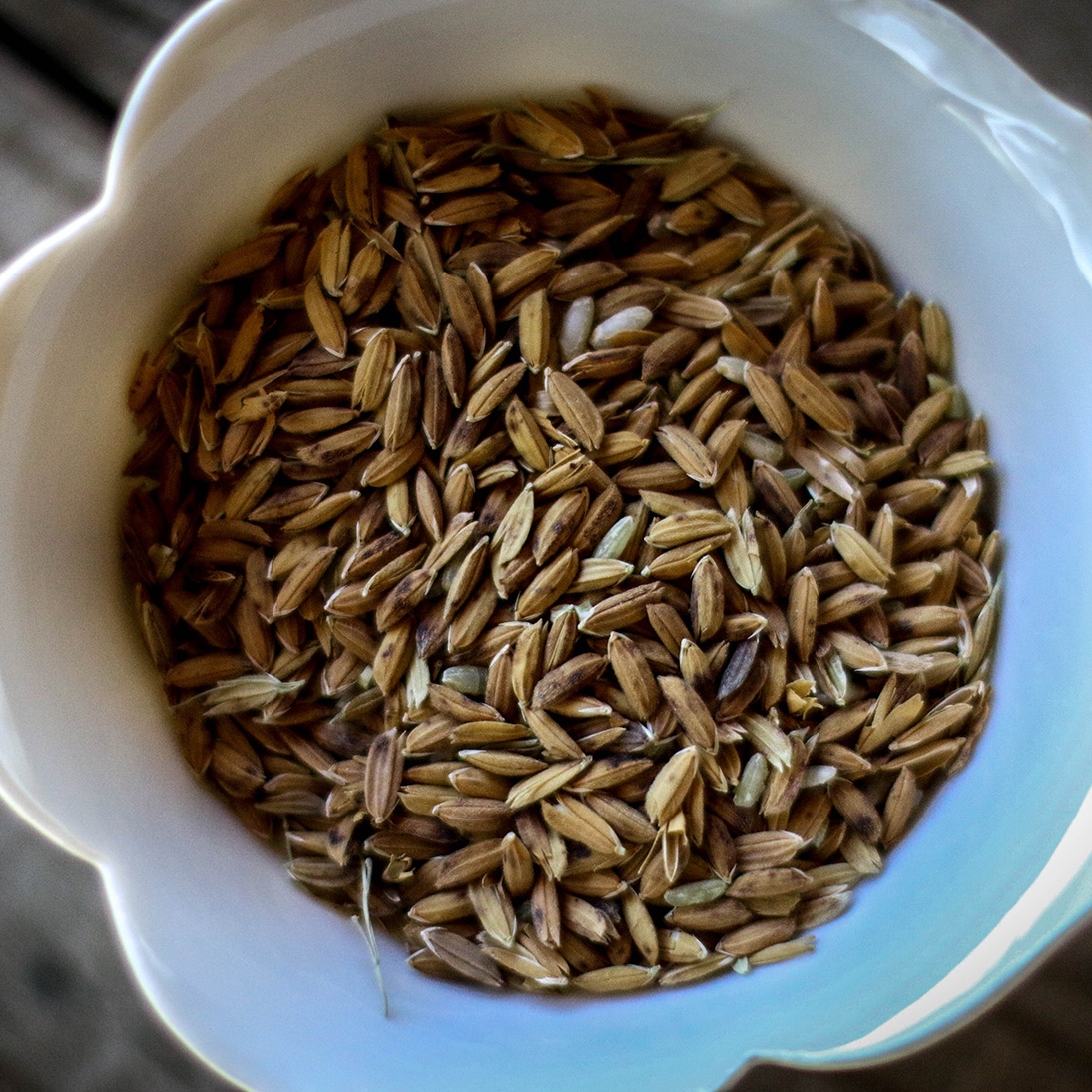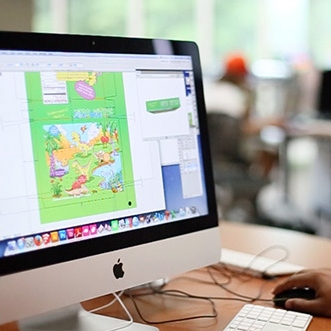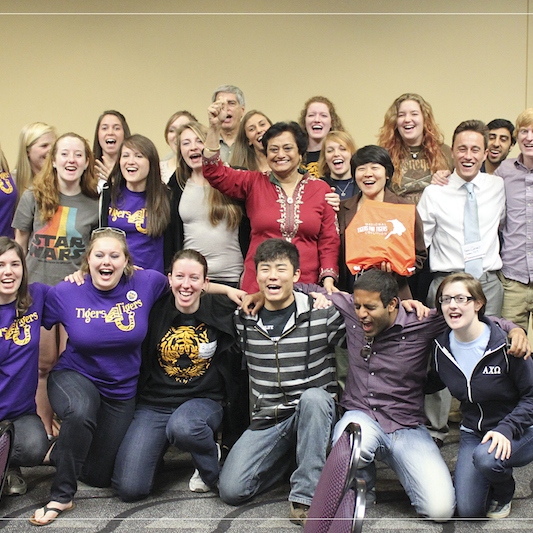Say you’re walking down the grocery store aisle and spot a nice, see-through package that reads “ORGANIC.” Just like that, you’re hooked. Do you actually know what organic foods are, or are you convinced because of the nature of the package? This mystery is what packaging and food scientists alike work every day to figure out. What drives a consumer to purchase a product? Is it the taste? Is it because its healthy?
[soliloquy id=”294″]
Here at Clemson University, Food, Nutrition, and Packaging Sciences are three separate degree programs that are housed within the College of Agriculture, Forestry, and Life Sciences. Students in these majors take classes in one of the three fields and rarely cross; however, in the food industry, they may be as close as sharing an office wall. Nutrition professors Dr. Marge Condrasky; food science professor, Dr. Aubrey Coffee; and packaging science professor, Dr. Duncan Darby, advised this Creative Inquiry project.
This two-semester Creative Inquiry project was assisted by graduate student Alexandra Weeks, who took many different approaches for students to have a well rounded view of all steps used in the product development process.
The group started the research project by learning an introduction to each field aiming to learn the basics of product development. This particular product development project was meant to create healthy foods that would be attractive to children and marketable to their parents. Students began the first semester with lectures that covered each of the majors and what they specifically study. From there, they took an in-depth look at how industry professionals operate when developing a new product and completed ideation activities that started putting informative knowledge into practice. These ideation (thought) activities increased gradually with complexity and made each student— no matter their education background— think like another, forcing them to ask each other questions that they may not have otherwise thought to consider.
Throughout the course sequence, students were exposed to a number of experiences that both enhanced current study efforts and promoted long-term professional development. Students learned how to process more than 300+ ideas and find the best ideas that can be used for a product launch. They were also taught how a few perfected ideas are transformed from ideation through each of the stages of product development.
A trip to Popeyes Louisiana Kitchen after learning how industry professionals approach situations solidified concepts taught in previous lectures. While visiting their Atlanta, Georgia facility, students were also able to attend a networking event with members of the Research Chefs Association—members who could potentially be future employers. At the Denny’s headquarters in Spartanburg, South Carolina, students were introduced to a different style of product development being that Denny’s is not considered a quick service restaurant.
After learning how to formulate ideas, perfect them, and develop them from an industry professional’s perspective, students were able to put their skills to the test. Members of the Creative Inquiry project spilt into groups and each developed products that could be used as healthy alternatives to poor eating habits practiced by elementary school children. The products ranged from included healthy versions of waffles to healthy cookies. Each group had a main focus of either packaging components or food development, while striving to make a snack as nutritious as possible.
Once completed, members of the Creative Inquiry partnered with a local school, Chastain Road Elementary, to run a sensory panel to test their new creations. After a failed attempt, students went back to the drawing board to perfect their designs and prepare them for a presentation with invited Clemson media, faculty members, and industry professionals from previously visited sites.
The beauty of this Creative Inquiry is that students were exposed to critical thinking skills, conditioning make them work as industry professionals in a team. This unique opportunity for professional development, and an expansion of their classroom is only a small luxury of Creative Inquiry. Students walked away with skills that are not only beneficial for future study, but skills that are attractive for professionals seeking to hire. This wonderful collaboration has proved to be an excellent opportunity and will be continued to engage students, creating new capacities for success.
So the next time you see that same see-through organic package, not only should you let your mind wonder on the what makes it or the product unique, but think of the dedicated individuals that worked hard to test and perfect something so delicious and healthy.
Find out more about FNPS at Clemson





